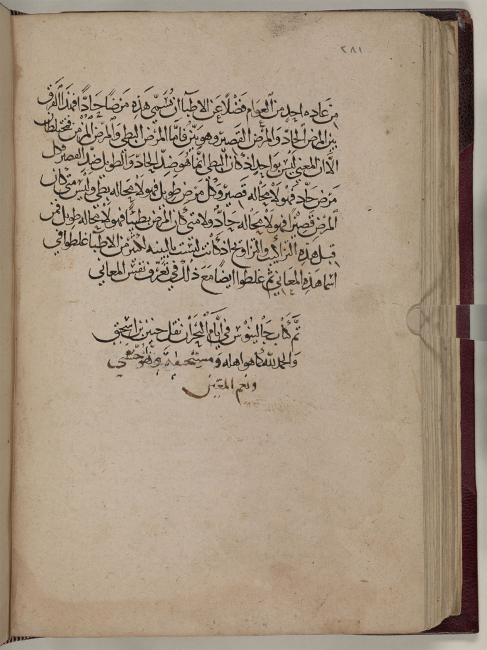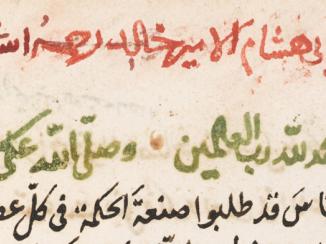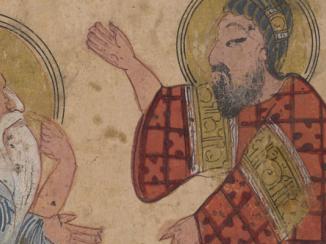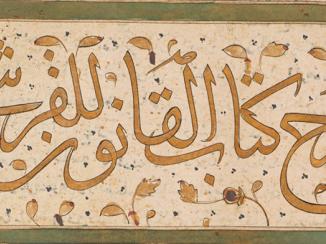Overview
More ancient Greek books by the Roman physician, Galen of Pergamon (AD c. 129–c. 216) survive today than by any other ancient Greek author. His bibliography numbers over 500 treatises that account for around a tenth of all surviving ancient Greek literature. As impressive as this unparalleled feat is, it is no less impressive that the Christian Arab Ḥunayn ibn Isḥāq (AD 809–873) managed to translate into Arabic and Syriac all the books of Galen that were available to him.
To accomplish this task he went to extraordinary lengths to critically compare manuscript copies, ensuring accuracy and consistency in his translations. He even travelled into the Byzantine Empire in search of Greek manuscripts not available in the Islamic world.
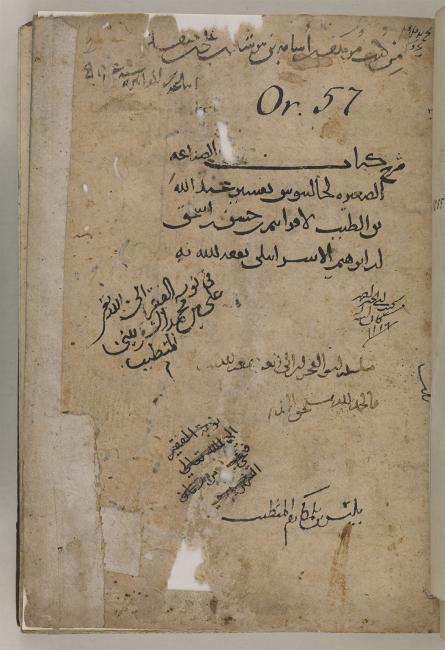
Tell It to Me Straight, Doc!
Not only did Ḥunayn’s herculean efforts succeed in bringing the cream of ancient Greek medical knowledge to the Syriac and Arabic-speaking world but, in the process of producing his translations, Ḥunayn was instrumental in developing Arabic into a formidable international language of science. This was achieved through the careful and consistent implementation of the basic decision he made to translate rather than transliterate foreign terminology in his writings.
European medical language is still full of Greek words whose actual meanings baffle the non-specialist. In Arabic, thanks largely to a sound decision taken by Ḥunayn, these Greek terms have been translated literally so that all readers of Arabic can understand them with ease. Like any good physician, Ḥunayn decided not to blind his readers with science, but to tell it to them straight.
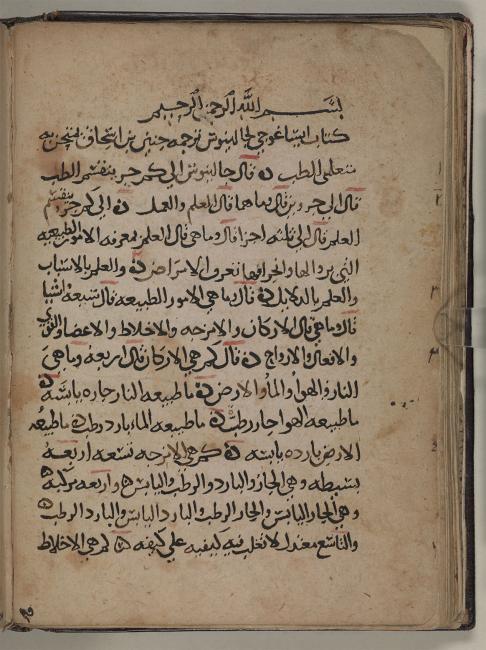
Demystifying, Not Dumbing Down
You can see the effects of Ḥunayn’s translations by comparing examples of medical terminology in English and Arabic. In English, the following Greek medical terms are used: arthritis (joint pain), syndrome (a collection of symptoms and medical phenomena that often appear together), and the less well-known term xiphoid process (the cartilage at the lower end of the sternum). The first two terms are commonly used and their meanings are fairly widely understood. But how many English speakers know that arthritis is a Greek word meaning nothing more technical than ‘joint-pain’, or that in Greek syndrome means only ‘running together’ because the symptoms of syndromes appear together?
The term xiphoid, like so much of Greek medical terminology, is visually descriptive and means ‘like a sword’, describing the appearance of this piece of cartilage. In Ḥunayn’s Arabic translations the Greek terms are not used but translated into plain Arabic that could be read by anyone. So, he translated arthritis as ‘joint-pain’ (wajʿ al-mafāṣil), syndrome as a ‘collection of symptoms’ (ijtimāʿ al-aʿrāḍ, and xiphoid process as ‘the cartilage that looks like a sword’ (al-ghuḍrūf allādhī yushbihu al-sayf).
This was not a case of dumbing down medical vocabulary, but of making it accessible to the widest possible audience. Hunayn demystified medical science for Arabic readers while in the process establishing Arabic as a crucially important language of science.
